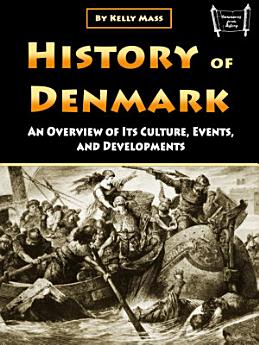History of Denmark: An Overview of Its Culture, Events, and Development
About this ebook
As the Roman Empire expanded northward, these Germanic tribes came into increasing contact with Mediterranean civilization, though Denmark remained beyond the reach of Roman conquest. Roman writers like Tacitus described the fierce independence of the northern tribes, their warrior culture, and their resistance to foreign domination. The Cimbri and Teutones, tribal confederations that included ancestors of the Danes, had earlier terrorized Rome itself when they migrated southward around 100 BCE, demonstrating the military prowess that would later characterize Viking expansion.
The transition from the late Roman period to the early medieval era saw the gradual formation of recognizable Danish kingdoms from the various tribal groups that had long inhabited the region. Archaeological evidence from sites like Gudme on Funen reveals the emergence of powerful chieftains who could command resources from across Denmark and establish diplomatic relations with distant kingdoms. The development of runic writing during this period provides the first glimpse of a distinctly Danish cultural identity, as inscriptions on stones and metalwork record the deeds of kings and warriors in the Old Norse language that would later spread across the Viking world.








